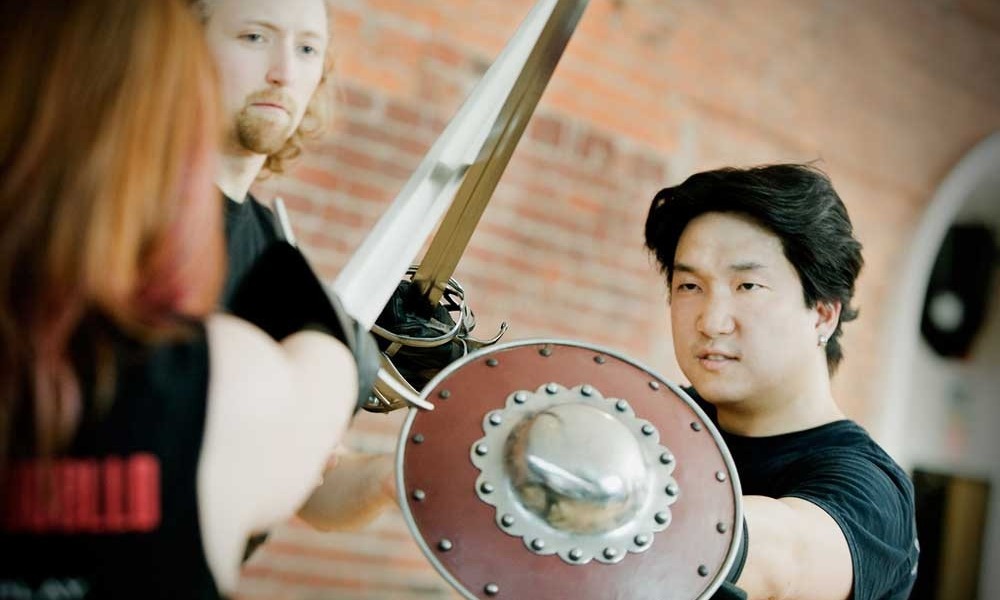If you plan to improve in your martial practice you need outside feedback. Here are three quality sources that you can seek out to get the most of your training time:
1. Well-Designed, Feedback-Oriented Exercises
Instead of having to self-observe whether your mechanics are correct, a good exercise and good training partner will give you immediate physical feedback when you do something incorrectly or correctly. The reason you know a parry has worked is because you did not get hit; if the parry was incorrect you should be struck! You know that you have cleared a line when attacking, because you are not struck or obstructed by your partner. Make sure your training partners know how to do their job and levy their consequence.
2. Experienced practitioners with a teaching or coaching background
Just because someone is a good fighter or can beat you, that doesn’t necessarily mean that they can give you insights into what will truly help you improve. Seek out people who have developed the ability to identify and communicate meaningful coaching advice. Request feedback from those people and if possible give them some direction as to the type of feedback you are looking for.
3. Observation over Time
In the end, our most accurate source of feedback comes from observing your output environment over a period of time. If you are not a trained coach, it’s often best to use data that you gather over a period of several sessions to try to find common flaws or challenges that you have. There are a myriad of factors that go into successful outcomes so a multi-session view will be more accurate than trying to identify a key factor in only one exposure. It is difficult to accurately self-observe from the inside, so I recommend using tools like a video camera (all smart phones have them) to help you see your fighting from an outside point of view.
Make seeking feedback a part of your training regimen as much as the training itself. The act of seeking valuable feedback can be every bit as important as receiving it.
